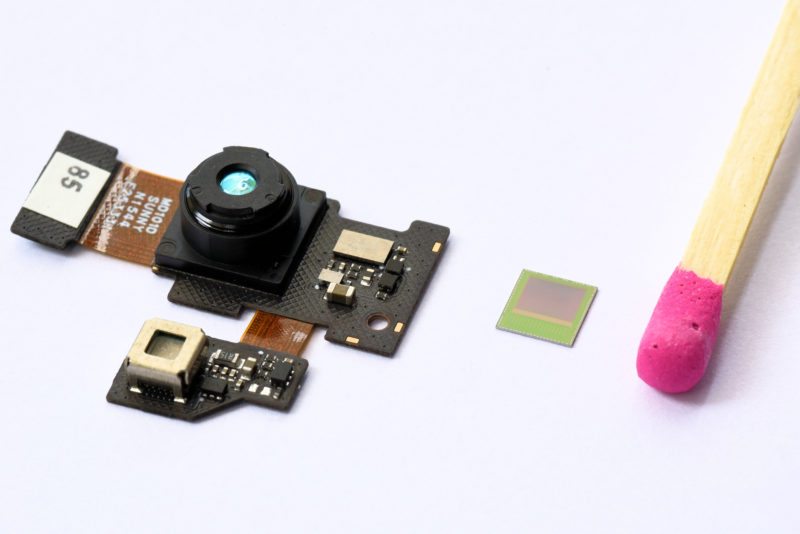Lenovo becomes the first manufacturer worldwide to bring Tango technology to a consumer product. Google’s technology that allows devices to understand spatial information is an exclusive feature in the PHAB2 Pro smartphone launched at the Lenovo Tech World 2016. Based on the Time-of-Flight principle, the REAL3 image sensor chip from Infineon Technologies AG equips the smartphone with a 3-dimensional perception of the surroundings in real-time. Infineon provides the only image sensor chip worldwide meeting Google’s specifications.

“Through the Tango-enabled PHAB2 Pro, we are opening a completely new era in mobile applications,” said Hua Zhang, Vice President, Lenovo Android/Chrome Computing Business Group. “The REAL3 image sensor chip from Infineon is a key component for Lenovo’s PHAB2 Pro.” Its users have instant access to augmented reality, benefiting from the phone’s motion tracking feature which responds to physical movements, depth perception that measures the distance between objects and area learning capability which enables the device to recall the data recorded from previously visited locations.
Augmented Reality for everyone is no longer a dream
“3D machine vision will drive multiple new applications both in the consumer and the automotive world,” said Jochen Hanebeck, President of the Automotive division at Infineon. “The depth perception and motion tracking today implemented in Tango devices can also be applied to driver monitoring or gesture detection inside the car.”
The sensor chip was developed at the Infineon competence centre in Graz, Austria, combining analog and digital signal processing with high data rates. It integrates the pixel array, the control circuitry, ADCs and the digital high-speed interface on a single chip. The development was made in co-operation with pmd technologies.
This measuring principle involves infrared light. For each of its pixels, the 3D image sensor chip measures the time the light takes to travel from the camera to the object and back again. Each pixel detects the brightness value of the objects. Compared to other technologies, the ToF technology from pmd technologies offers the best spatial resolution and highest robustness both mechanically and concerning background light. Yet, it has the lowest current consumption and size. Thus, the camera is currently the smallest 3D-camera worldwide.
Followers of Google’s developer conference, Google I/O, just recently witnessed Infineon’s involvement in Project Soli: Google and Infineon collaborated on a sensor chip facilitating gesture recognition. The Project Soli works with 60 GHz radio microwaves, whereas Tango is based on sending and receiving infra-red light signals. Thus, it stands apart from common 3D imaging methods. These are either based on a stereo camera requiring a minimum distance for triangulation and higher computing efforts. Alternatively, 3D images could so far be created with structured light with a lower object resolution, involving a higher bill of materials.










